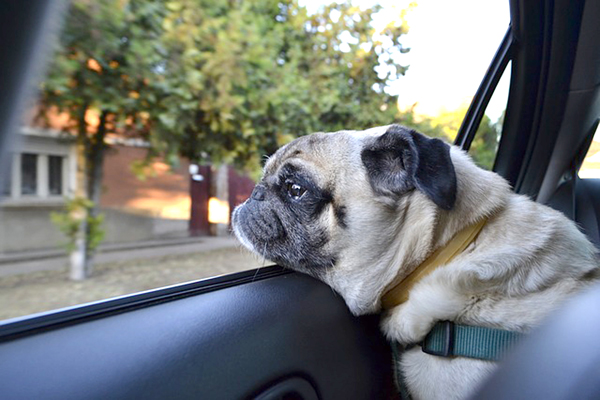- South Texas Students Meet Accordion Music Icons Los Tigres Del Norte In Edinburg Thanks To Khs America/Hohner Alianza Académica Initiative
- Fragile Planet Offers a Nighttime Wildlife Experience
- Falcons Soccer Off & Running
- Cameron County Receives Funds to Improve Two Parks
- Falcons Complete First Half of 32-6A
- School District to Help out Victims of California Wildfires
- Sand Castle Days Continued Despite Unexpected Weather
- Ready for District
- Discussion of Garbage Dumpster Rates, Agreements Between State & City on Highway Regulations, and More
- 31st Annual Shrimp Cook-Off is Right Around the Corner
Tips for Pet Safety During Hot Summer Months
- Updated: July 25, 2019

Many people believe if they just pop into the store, the dog will be fine, but even on a 78-degree day, the temperature inside a parked car can reach 100 degrees in just minutes. Photo: Max Pixel
by Eric Galatas
HOUSTON – With sweltering summer temperatures upon us, animal-advocacy groups are cautioning Texas residents about the dangers that heat poses for pets.
According to People for the Ethical Treatment of Animals, there were 58 reported animal deaths related to hot weather in 2018.
Zandra Anderson is a Houston attorney specializing in animal law who calls herself the Texas Dog Lawyer. She encourages anyone who sees a pet left in a hot vehicle to notify authorities because, even if there’s water and windows are cracked, temperatures can rise so quickly that animals can die from heat stroke.
“The wisest thing to do is take down the license plate, and turn that into the police, and hopefully you’ll get a quick response to get the animal out,” says Anderson.
Even on a 78 degree day, the temperature inside a parked car can reach 100 degrees in just minutes. Heat stroke can be fatal, and symptoms include restlessness, heavy panting, vomiting, lethargy and poor appetite or coordination.
Texas lawmakers did not advance bills in the last session that would have made it legal to break into vehicles to rescue pets.
Laura Donahue-Halloran, executive director with the Texas Humane Legislation Network, says because they don’t sweat like humans, dogs and other pets have a more difficult time staying cool. She cautions against running with dogs on hot days, since she says they’re essentially jogging with a fur coat on.
Donahue-Halloran adds it’s also important to be mindful about walking a dog.
“It is common for asphalt to exceed temperatures of 145 degrees,” says Donahue-Halloran. “You should place the back of your hand on the surface for ten seconds, and if it’s too hot for you to keep your hand on the surface, then it’s definitely too hot for your pet.”
Donahue-Halloran suggests walking in the grass, choosing shady routes, or heading out in the early morning or in the evening when the temperatures are cooler.
